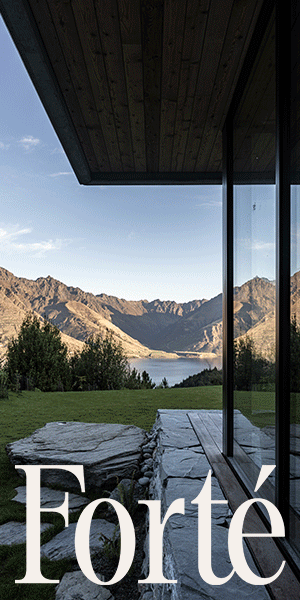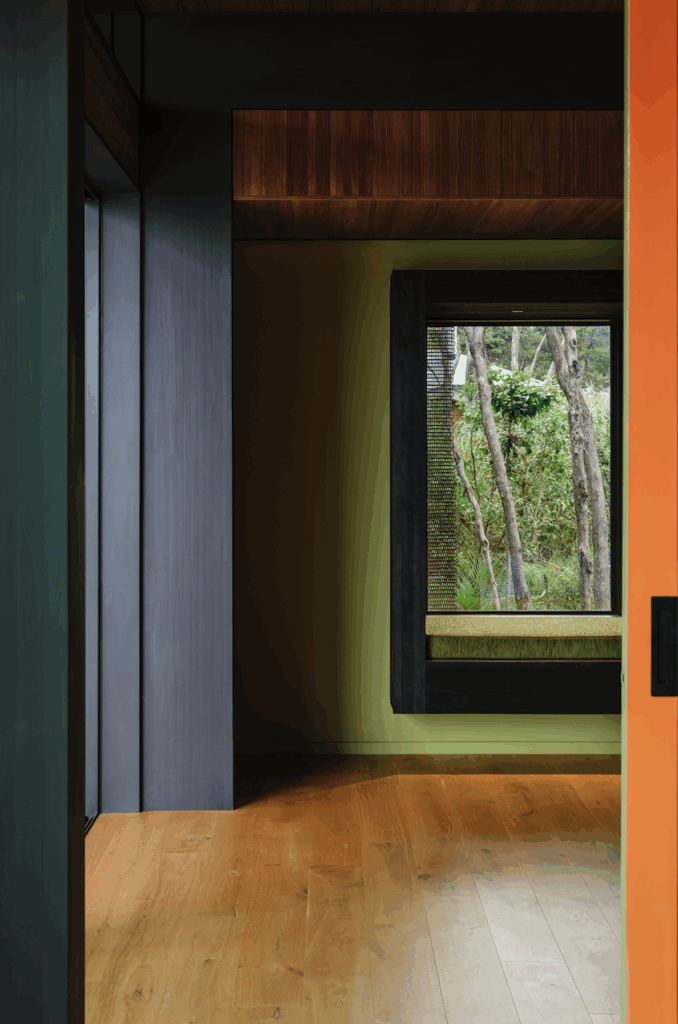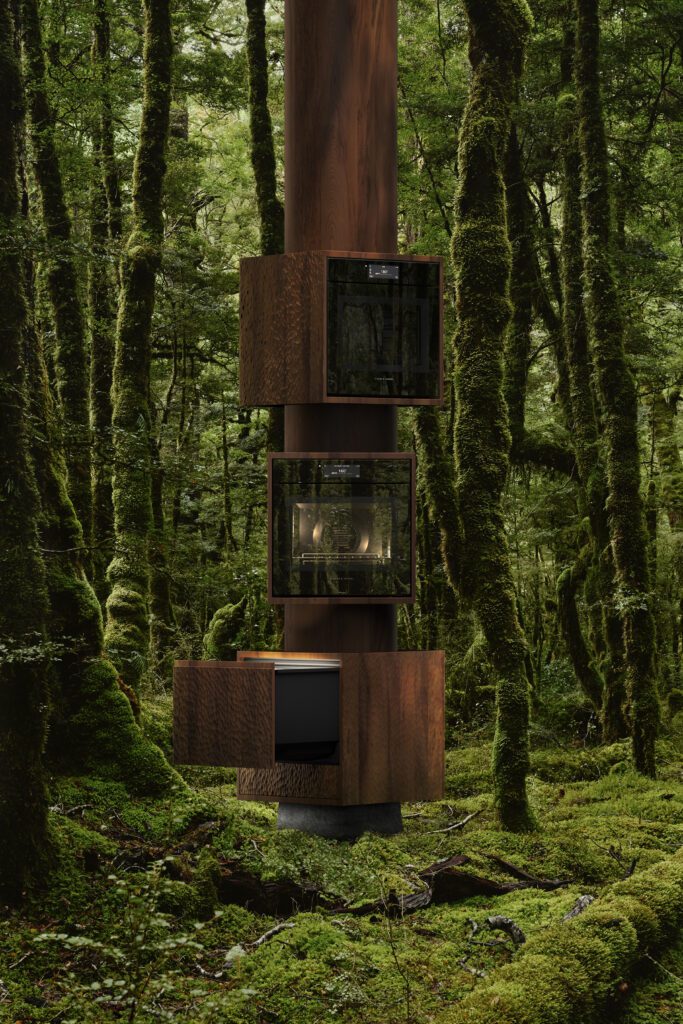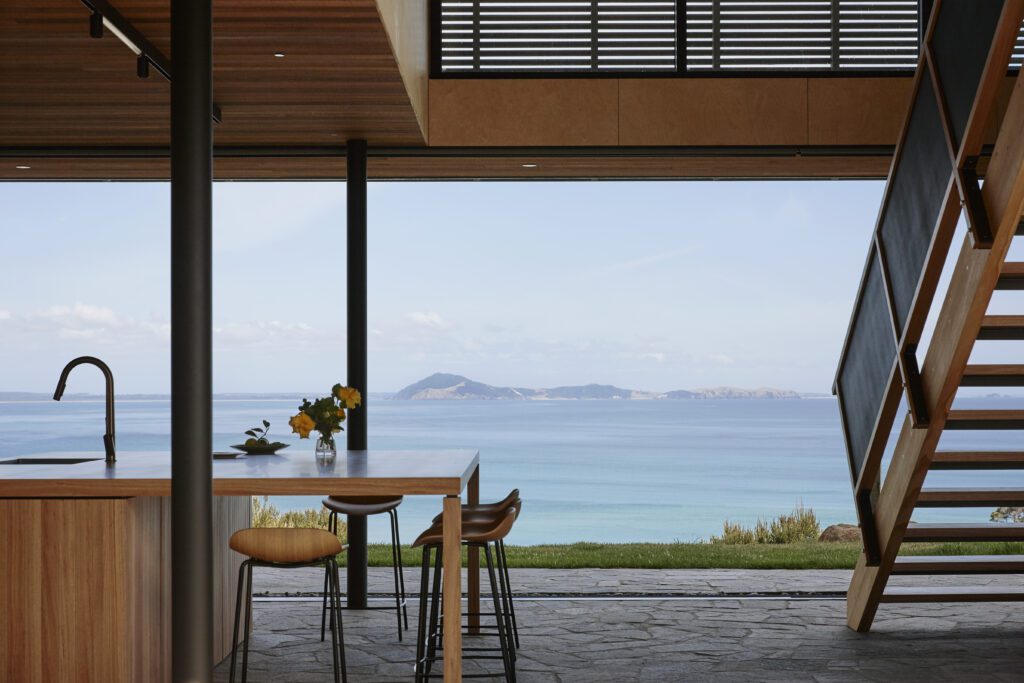Bergendy Cooke, the New Zealand–born, Spain-based architect behind Black Quail House — winner of the 2021 Home of the Year award — speaks to Federico Monsalve about her impressive, globe-trotting track record and equally awe-inspiring career.
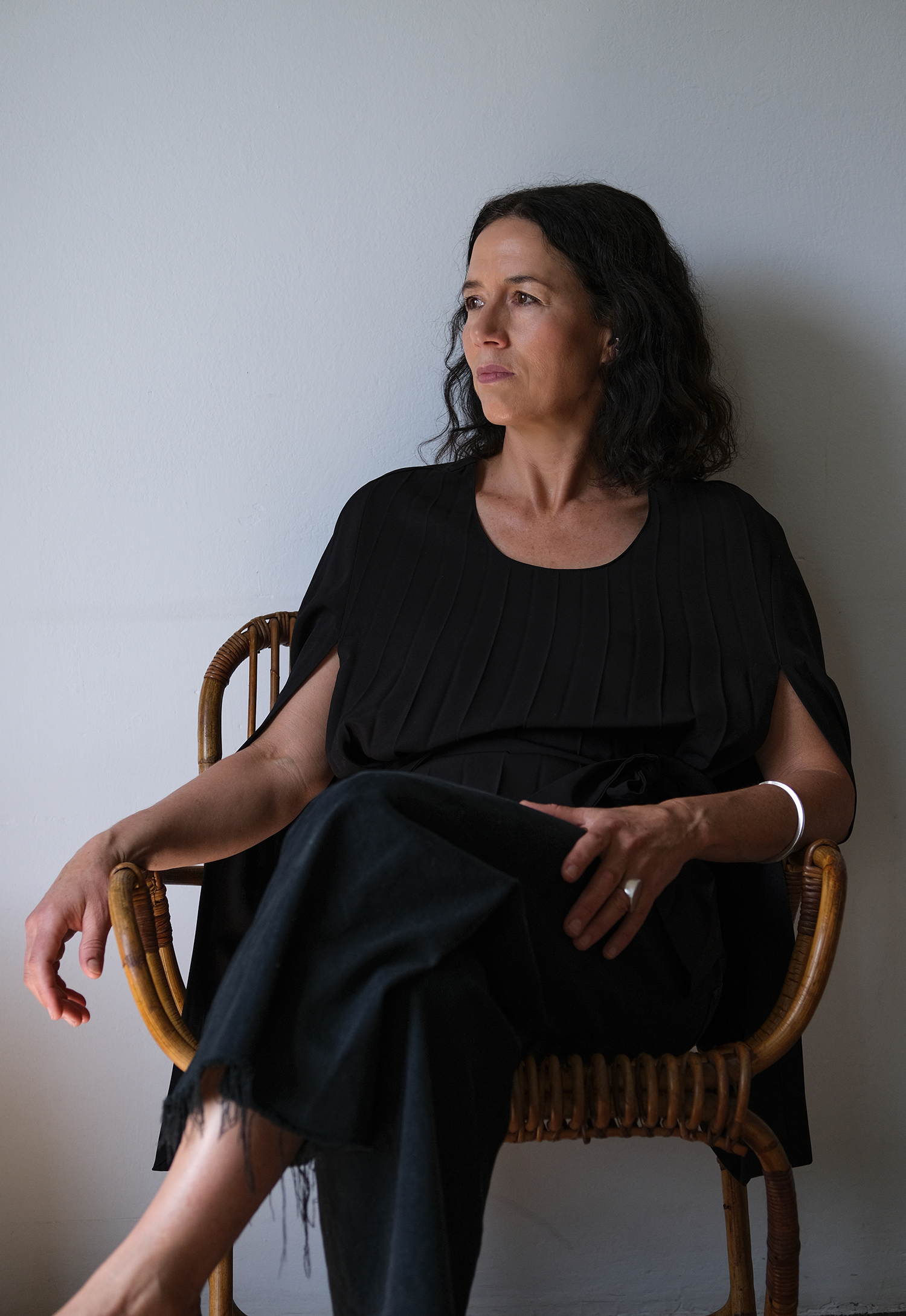
You have been living overseas for close to two decades; what keeps you travelling?
We are restless souls, both myself and husband. We both travelled extensively — him especially, in his 20s — to some of the most remote corners of the world, some of them, such as Afghanistan, even at war. I personally blame it on fairy tales of castles and exotic distant lands; rich cultures, with layers of history that in New Zealand were relatively absent. I have always had a curiosity about all things foreign and perhaps about antiquity, too. I will add that at least now we would only consider moving back to NZ and not begin again as it is rather exhausting and requires a lot of energy. Adding children to the mix makes things all a little more complex.
Why Europe?
For me, New Zealand will always be home but right now, with our teenage girls at school and restricted by Covid, we remain here. We ventured back for eight years when our youngest was born, but wanted to give them the opportunity, while they were young, to experience new languages and Europe. Ironically, our eldest daughter would like to return to reconnect to New Zealand. Barcelona has always appealed as it is not a large city — not much bigger than Auckland in population, but offering a great climate; a beautiful city with, until recently, a fairly open mind and welcoming to foreigners. (The independence movement has definitely aligned with the recent wave of nationalism throughout the world, which has made us feel less welcome.)
Zaha Hadid Architects, Adjaye Associates in London, and Peter Marino Architect in New York — that is an impressive list of architectural firms to have worked for. How was that?
[They were] all unique characters, all incredibly confident.
Zaha Hadid Architects’ office (ZHA) was rather small when I was working there — around 30 of us, all relatively young. The first project I worked on was an invited competition for MAXXI, which was to be Rome’s new Contemporary Gallery. The office won it, which was really wonderful as this was really the beginning of huge projects for the office. Another project I was involved in was another contemporary gallery for Cincinnati Contemporary Arts Center (CCAC), which had been awarded to the office prior to me starting.
Smaller projects such as the Pet Shop Boys world tour stage set necessitated smaller teams, which gave me more responsibility. There were ongoing competitions that always demanded input from the entire office over short periods [of time]. It was an incredible opportunity to work with a renowned architect who remains an icon in the architectural world for her unique vision and her unrelenting ambition. The office was not, at that stage, financially successful so it demanded huge hours, little pay, and tears, but the upside was that it was incredibly creative and the processes within the concept period were rigorous.
In reality, I had never really produced many models in other architectural practices but here they were another device that allowed discussion of how the project developed. The office produced an incredible amount of work during this concept phase through models, drawing, and painting, which Zaha would involve herself in. The office was just beginning to use 3D renderings as a way to develop concepts, but this has now totally become the forefront of the office, even more so in Zaha’s absence. From ZHA office, the connection to the art world [and] the rigorous exploration within the concept phase of architectural design have heavily influenced the way I approach my own work.
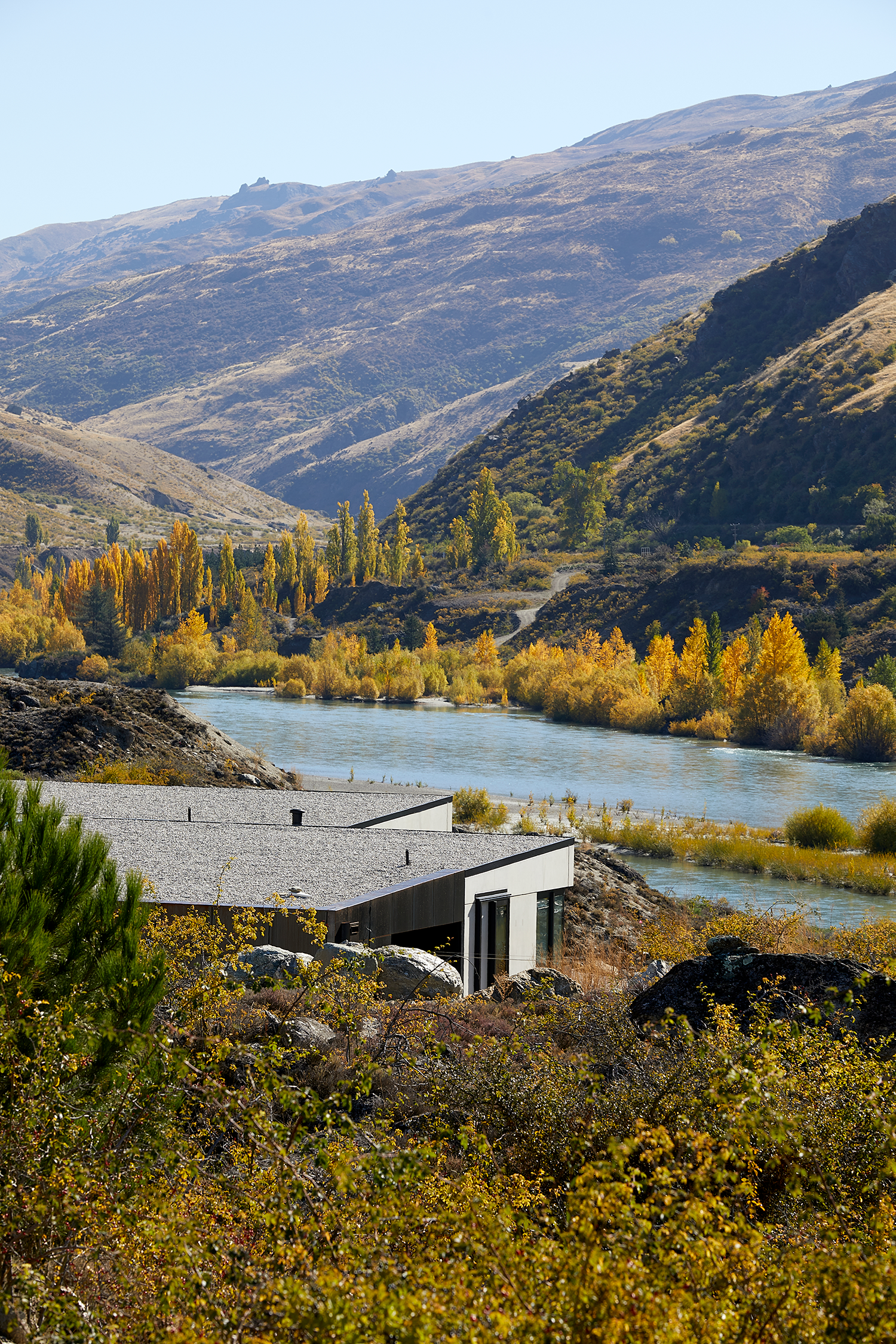
How about Adjaye?
That was a reality check but a wonderful opportunity to be involved with a young architect who became very much the ‘architect of the moment’ in London. The projects were real, with real budgets and demanding clients. Although I was drawn to David Adjaye’s work through his recent local houses and residential renovations, I worked mainly on retail projects, including retail design for Selfridges [department store] and some smaller gallery projects. It was a departure from the luxury of making which happened at ZHA, but at least I got to enjoy weekends. I was inspired by David’s innovative use of materials and rereadings of a building’s language. His work inspired me to reconsider the typical uses of simple materials, those that were affordable, and to reinvent their potential.
Then you went to New York…
Yes, London had worn me down and I had always wanted to spend some time in the United States. Peter Marino Architect (PMA) was the largest firm I worked for and even had someone employed full-time to work the Christie’s/Sotheby’s auctions.
It was really an eye-opener.
For an office to have the most successful luxury brands — Louis Vuitton and Chanel — as repeating clients was something I had no concept of. My role there was as part of a team whose sole responsibility was Chanel. We were continually working on new fit-outs for projects globally. I spent two years working on Chanel Ginza in Tokyo, [for] which the office actually produced both interior and exterior. Typically, PMA only does the interior fit-out. My previous interior experience was rather limited so being exposed to an office that chose everything down to salt shakers took things to an entirely new level. Budgets were large so there was really no limit to what ideas could be brought to the table.
PM was a master of textures and materials and some of his choices did not necessarily align with my aesthetic but still made me curious and continued to inspire. He had a passion for supporting up-and-coming artists, so commissioning them for pieces was always an alliance he used for Chanel and Louis Vuitton projects. His ability to move between diverse projects is something I found difficult to comprehend.
My time there was an insight into interiors and what it takes to make luxury ones that were not always to my taste. It also made me aware that between Europe and the United States there is quite a distinct difference of aesthetic, taste, and overall design.
How does that internationalism influence your view of New Zealand architecture?
Spending any time away from ‘home’ is always going to have an effect on how you perceive things even if you deny it. I have now spent almost 17 years, on and off, living away from New Zealand so I do feel some element of culture shock when I return.
My perspective has not changed dramatically but there have been shifts, which is also in a sense an outcome of more experience. I think that our country is diverse in its climate; therefore, this should be reflected in its architecture. What is readily available was always the preferred building material. Hence the wonderful stone buildings found in Central Otago and our history of building in wood. Of course, this is also dictated by cost and the restraints of our building regulations. But a home in Auckland should be different from one in the deep south, as they are responding to very different climates.
However, the world is not as it once was and we can all feel connected these days to virtually any information, art, architecture — you name it.
Which leads to the fact that you designed most of this year’s Home of the Year while living overseas. What would make your life easier so as to make more of these local projects?
The end of the pandemic!
Also, having a great team member on the ground to liaise with the building team. And, possibly, a good month on the ground at the crucial stages of the project. And, most importantly, a fluid relationship with the client because, at the end of the day, if you don’t have a great relationship with your client, where they trust your decisions, the project will be compromised.
What keeps you busy these days?
I have spent the last few years working on a hotel project in Marrakech, Morocco, that should be finished before the end of the year. I have produced the architectural project but am also in charge of the interiors.
That sounds exciting!
Oh, where to begin! It seems that I have begun a not-so-enviable pattern of getting involved in difficult, very time-consuming projects!
My client is based here in Barcelona and owns what was, prior to Covid, a very successful boutique hotel called Hotel Brummell. He’s got his eyes on becoming an Ian Schrager of sorts, with a handful of hip places to hang in at attractive locations. He’s incredibly driven and ambitious, and not risk averse at all. He also loves Marrakech and, considering it is only a two-and-a-half-hour flight from Barcelona, it is a very easy destination to get to if you’re after an ‘exotic’ experience. He is actually a friend, and the recommendation as architect came through mutual friends.
The project began as a 20-room hotel with three storeys plus penthouses, and is now an eight-room villa with the hope that it will get a licence once it opens as a small hotel.
The location is very salubrious, with views to the famed Majorelle Garden and the new highly-publicised Yves Saint Laurent Museum just around the corner. It’s a quiet neighbourhood of lush gardens and a wonderful respite from the ancient medina, so will appeal to those who have perhaps travelled to Marrakech before and want a mix between the two.
How far along is it?
We are currently in the middle of construction, with an agreed finishing date of around September.
This has been an amazing experience on so many levels. Morocco has an incredible history of artisans and we are enlisting all their skills for this project. However, it will not read in any way as a traditional Moroccan build. I guess it is my interpretation of a local vernacular with some playful additions.
For full coverage of this project, pick up a copy of the June-July 2021 issue of HOME from anywhere good magazines are sold, or subscribe or purchase your copy online.
Home of the Year 2021 | Video Features
City Home of the Year 2021: House on Takapuna Beach
Multi-Unit Home of the Year 2021: FARM House
Rural Home of the Year 2021: Hill to Horizon House
Small Home of the Year 2021: Feather House
